Understanding Bimetallic Thermostat Switches
A bimetallic thermostat switch is a critical component in regulating temperature across a variety of appliances. This device operates on the principle of bimetallic thermal expansion, where two metals with different expansion rates are bonded together. When the temperature changes, this strip bends, activating a switch to control the temperature.
Types and Applications
There are several types of bimetallic thermostat switches, each suited for specific applications. Some are designed for household appliances like irons and rice cookers, while others serve in HVAC systems or automotive temperature regulation. The versatility of these switches makes them indispensable in temperature control mechanisms.
Features and Materials
The construction of a bimetallic thermostat switch involves materials such as copper, steel, and invar. These materials are chosen for their predictable expansion rates and durability. Features may include temperature range, tolerance, and switch type, which are tailored to the needs of the appliance they are meant to serve.
Advantages of Bimetallic Thermostat Switches
The primary advantage of these switches is their reliability and simplicity. They do not require external power to function and can last for many cycles without maintenance. Their straightforward design also allows for easy integration into various appliances, contributing to their widespread use.
Selection Considerations
When selecting a bimetallic thermostat switch, consider factors such as temperature range, size, and current rating. These specifications ensure the switch operates effectively within the intended appliance, providing safety and efficiency.
Integration in Appliance Parts
Bimetallic thermostat switches are integrated into a multitude of appliance parts. They are found in components like heating elements, where they prevent overheating, and in refrigeration units, where they maintain optimal temperatures. Their role is crucial in extending the lifespan of appliances by preventing temperature-related damages.





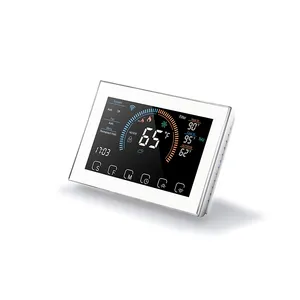



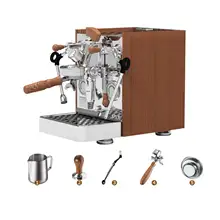


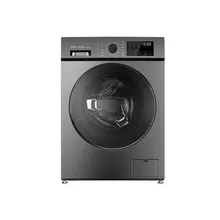

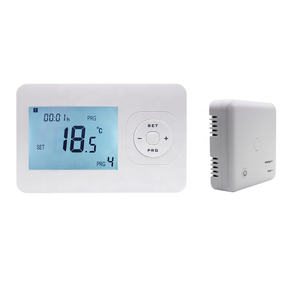

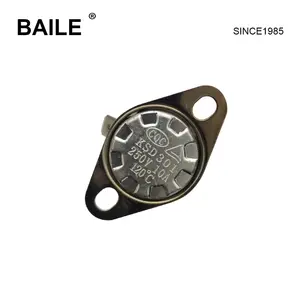
























 浙公网安备 33010002000092号
浙公网安备 33010002000092号 浙B2-20120091-4
浙B2-20120091-4